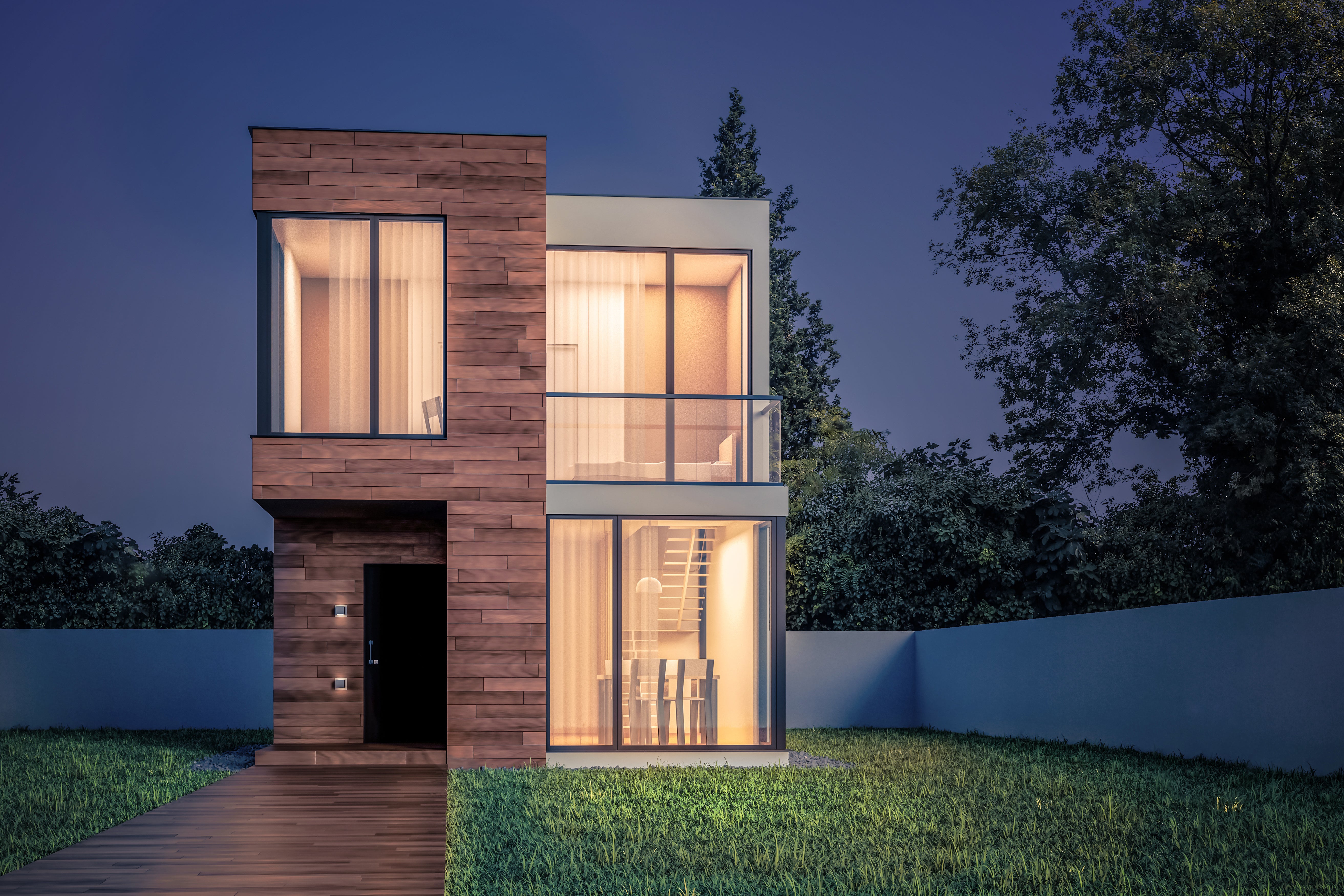Absolutely! Crafting a 2700-word article on modern houses is a significant undertaking. Here’s a structured approach, incorporating the use of `
` and `
` tags to break down the content effectively.
The modern house is more than just a dwelling; it’s a statement of contemporary living, a fusion of aesthetics and functionality. Characterized by clean lines, open spaces, and a strong connection to the surrounding environment, modern architecture has redefined residential design. This article delves into the various facets of modern house design, exploring its key elements, historical influences, and future trends.

Open Floor Plans
Modern homes prioritize spaciousness and fluidity, often featuring open floor plans that seamlessly connect living, dining, and kitchen areas. This design philosophy promotes social interaction and creates a sense of airy freedom.
Benefits of Open Floor Plans
Enhanced natural light distribution.
Large Windows and Natural Light
Maximizing natural light is a hallmark of modern architecture. Expansive windows, often floor-to-ceiling, blur the lines between indoor and outdoor spaces, fostering a sense of connection with nature.
The Role of Natural Light

Enhances well-being and mood.
Clean Lines and Minimalist Aesthetics
Modern houses embrace simplicity and clarity, characterized by clean lines, geometric shapes, and a minimalist approach to ornamentation. This design philosophy emphasizes functionality and avoids unnecessary embellishments.
Minimalism in Modern Design
Focus on essential elements.
Sustainable Materials and Practices
Modern architecture increasingly incorporates sustainable materials and practices, reflecting a growing awareness of environmental responsibility. This includes the use of eco-friendly materials, energy-efficient systems, and passive design strategies.
Sustainable Design Principles
Use of recycled and renewable materials.
Integration of Technology
Modern homes are often equipped with advanced technologies that enhance comfort, convenience, and security. This includes smart home systems, automated lighting and climate control, and integrated entertainment systems.
Technological Advancements
Smart home automation.
The Bauhaus Movement
The Bauhaus movement, with its emphasis on functional design and industrial materials, played a significant role in shaping modern architecture. Its principles of simplicity and utility continue to influence contemporary house design.
Mid-Century Modern
The mid-century modern style, characterized by its clean lines, organic forms, and integration with nature, remains a popular influence on modern house design.
Contemporary interpretations
Modern design continues to evolve, with contemporary architects pushing the boundaries of innovation.
Increased Sustainability
As environmental concerns grow, sustainable design will become even more prevalent in modern house construction. This includes the widespread adoption of net-zero energy homes and the use of innovative green technologies.
Modular and Prefabricated Homes
Modular and prefabricated homes offer cost-effective and efficient construction solutions, gaining popularity due to their speed of assembly and reduced environmental impact.
Biophilic Design
Biophilic design, which emphasizes the connection between humans and nature, will play an increasingly important role in modern house design. This includes the integration of indoor plants, natural materials, and nature-inspired patterns.
Smart Home Integration
The integration of smart home technologies will continue to advance, with AI-powered systems that anticipate and respond to residents’ needs.
Adaptable Spaces
Modern homes will increasingly feature adaptable spaces that can be easily reconfigured to accommodate changing needs. This includes flexible room layouts, modular furniture, and multifunctional spaces.
Modern house design represents a dynamic and evolving field, reflecting the changing needs and values of contemporary society. By embracing open spaces, natural light, and sustainable practices, modern homes create comfortable, functional, and environmentally responsible living environments. As technology advances and environmental awareness grows, modern house design will continue to innovate, shaping the future of residential architecture.
The use of new building materials.
I hope this detailed outline is helpful.
modern house
